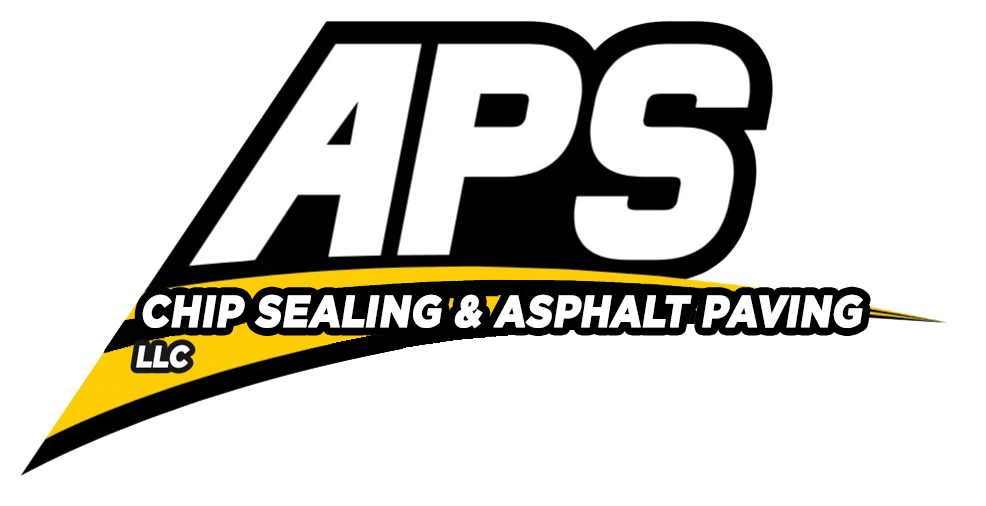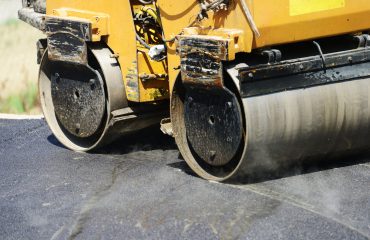
Sealcoating is one of the smartest ways to protect and extend the life of your asphalt driveway. In a harsh climate like Tucson, AZ, your pavement is constantly exposed to sun, rain, and wear from vehicles. A quality asphalt sealcoating job can act like sunscreen for your driveway—shielding it from UV rays, preventing water intrusion, and keeping it looking new.
Why Sealcoating Is Worth It
Your driveway isn’t just a place to park your car—it’s part of your property’s curb appeal and value. Regular sealcoating is a cost-effective way to:
- Protect your asphalt from cracking and oxidation
- Prevent damage from oil and chemical spills
- Enhance your home’s appearance with a dark, even surface
- Save money on long-term asphalt maintenance
Unlike repaving, which can be expensive and time-consuming, sealcoating is quick, affordable, and delivers long-term value.
How Often Should You Sealcoat?
In Arizona, we typically recommend:
- Every 2 to 3 years for residential driveways
- Every 1 to 2 years for driveways with heavy use or sun exposure
Sealcoating too often can cause buildup, while waiting too long may let cracks and damage set in. Let APS Chipsealing & Paving assess your surface and recommend a sealcoating schedule that works.
When’s the Best Time to Sealcoat in Tucson?
The ideal time for sealcoating in Southern Arizona is between March and October, when daytime temperatures range from 50°F to 90°F. Dry, sunny weather allows the sealcoat to cure quickly and evenly.
Our Proven Process for Driveway Sealcoating
APS follows a proven process to ensure a smooth, durable result:
- Inspect and clean the surface thoroughly
- Repair cracks or potholes as needed
- Apply premium-grade sealcoat evenly
- Allow proper curing time (usually 24-48 hours)
- Restripe if applicable
We don’t cut corners, and we always use high-quality materials suited for Arizona driveways.
Sealcoating vs. Repaving: What’s the Difference?
Sealcoating is a protective surface treatment. It does not add structural strength but prevents small issues from turning into major repairs.
Repaving involves removing the old asphalt and laying a new surface—ideal when the pavement is severely damaged. Most homeowners can delay repaving by years with proper sealcoating.
How Long Does It Take to Dry?
Your driveway will be dry to the touch in 4-8 hours, but we recommend avoiding vehicle traffic for 24 to 48 hours. Shaded or cooler areas may require extra time.
Should You Hire a Sealcoating Company?
Absolutely. Hiring a professional sealcoating company like APS Chip Sealing & Asphalt Paving ensures:
- Correct preparation and application
- Use of commercial-grade sealants
- Long-lasting protection without mess or streaking
APS is one of the top sealcoating companies in Tucson, trusted by homeowners, property managers, and HOAs alike.
Get a Free Estimate Today
Protect your driveway with help from one of Tucson’s most experienced driveway sealcoating companies. APS has been serving Southern Arizona since 1995, delivering quality, affordable results.
Visit our Sealcoating Service Page to learn more, or contact us to schedule your free estimate.




